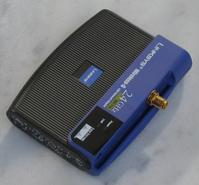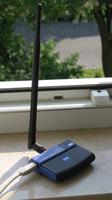I was looking for a USB-connected WiFi-Adapter to keep the antenna-cable short. I chose the Linksys WUSB54G v4 because it is not too small to modify and uses a Ralink 2570 chip: there are GPLed drivers for Linux available.
There are two drivers available: rt2570 is the stable version while rt2x00 is the development version based on the new devicescape stack. You can get both at http://rt2x00.serialmonkey.com/. I got both to work, but less problems with the stable one. If your are playing with monitoring (kismet, airodump, etc.) or injecting packets (aireplay), you should check out the CVS version of the stable driver or a specially patched one at http://homepages.tu-darmstadt.de/~p_larbig/wlan/. These can inject packets and show the signal strength.
But now on to replacing the included antenna with a universal RP-SMA connector.
This is the unmodified WUSB54G
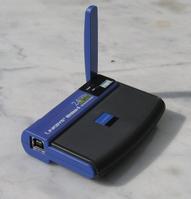
If you want to open it, you first have to open the screw hidden under a rubber pad below the antenna. After that you can carefully open the case. Only version 4 of the WUSB54G uses a Ralink chip. If you are buying one on eBay, you can ask the seller to look at the version tag marked yellow in the picture.
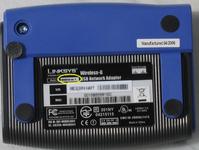
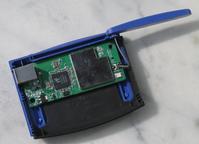


I carefully de-soldered the original antenna using a soldering iron and a de-soldering pump. Be careful not to overheat the board or accidently create a connection between the antenna ground (the thick connectors) and the small SMD-capacitor just above.
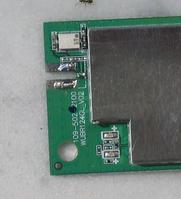
Then I took a regular anything-to-RP-SMA pigtail and cut the anything-part off. Now I could de-isolate a small part of the cable and put a bit of tin-solder on it. The next step was soldering the cable onto the board: The shielding to big ground connectors and the core to the small pad next to the shielded chip.
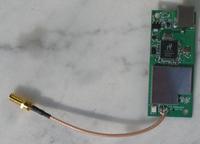
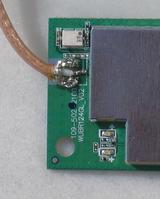
I could not re-use the hole of the original antenna because the connector would have blocked the screw holding together the case. So I had to carefully drill a new hole into the side and tie the RP-SMA connector there.
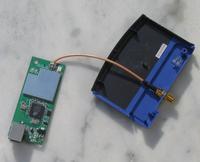
This is the final WUSB54G with antenna connector and in action with a simple 7dBi omni antenna.
